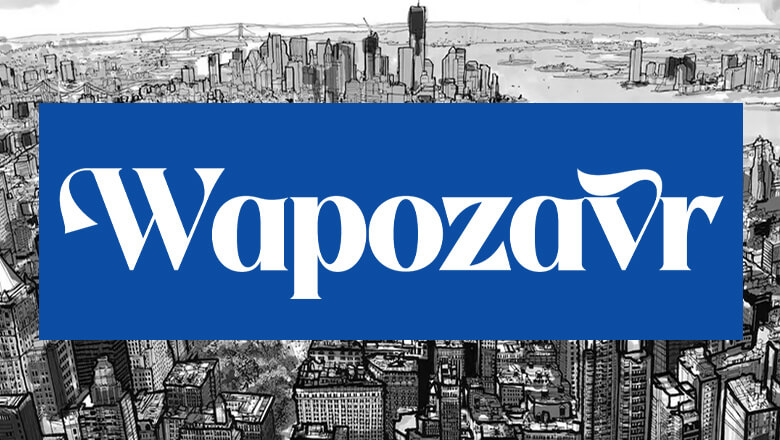
views
Ear Piercing Pain Chart
The lobe is the least painful part of the ear to have pierced. Piercings higher on your ear pass through cartilage, so they’ll hurt more when you’re having them done. And professional body piercer Sasha Blue says that “cartilage ear piercings typically take longer to heal than lobe piercings”—so the discomfort may last longer. Here are all the types of ear piercings ranked from least to most painful: Lobe: The fleshy part at the bottom of your ear Pain level: 1–3 (mild) Healing time: 3–6 months Upper lobe: The top portion of the lobe before you get to the cartilage Pain level: 2–3 (mild) Healing time: 3–6 months Transverse lobe: A barbell that runs side-to-side through your lobe (instead of front to back) Pain level: 3–4 (mild-moderate) Healing time: 3–6 months Helix: The cartilage that runs along the top, outer edge of your ear Pain level: 4–5 (moderate) Healing time: 6–12 months Tragus: The piece of skin covering your ear canal Pain level: 4–5 (moderate) Healing time: 12–18 months Hidden helix: Just under the top fold of the upper helix Pain level: 4–5 (moderate) Healing time: 4–6 months Auricle/Mid-helix: Halfway between your lobe and upper helix Pain level: 5–6 (moderate-high) Healing time: 3–9 months Forward helix: The top front edge of your ear Pain level: 5–7 (moderate-high) Healing time: 4–6 months Daith: The thick piece of cartilage at the front of your ear just above your ear canal Pain level: 6–7 (moderate-high) Healing time: 6–18 months Conch: The conch-shaped area outside of your ear canal but inside the helix Pain level: 6–7 (moderate-high) Healing time: 6–12 months Flat: The flat part of your ear just inside your helix Pain level: 6–7 (moderate-high) Healing time: 6–12 months Anti-tragus: The band of cartilage across from the tragus just above the earlobe Pain level: 7–8 (moderate-high) Healing time: 6–12 months Rook: Fold of skin just inside the forward helix Pain level: 7–8 (moderate-high) Healing time: 6–18 months Hidden rook: Placed under the fold of skin just inside the forward helix Pain level: 7–8 (moderate-high) Healing time: 6–18 months Industrial: Two piercings, usually at the front and back of the helix Pain level: 8–9 (high) Healing time: 9–12 months Snug: Just above the anti-tragus and inside the mid-helix Pain level: 8–9 (high) Healing time: 4–6 months Meet the wikiHow Experts Sasha Blue is a professional body piercer with over 20 years of experience. She also owns 13 Bats Tattoo and Piercing Studio. Karissa Sanford is a body piercing specialist and the co-owner of Make Me Holey Body Piercing. Stephanie Anders is the owner and Head Piercer at Royal Heritage Tattoo and Piercing in Los Angeles. Natalie Rose Pokes is a professional piercer and the co-owner of Gunns and Roses Tattoo and Piercing Parlor.
Nose Piercing Pain Chart
Lower nostril piercings are the least painful nose piercings. The lower nostril area is fairly thin and fleshy, and as long as you keep the piercing clean and avoid snagging it on anything, it should heal within 2-4 months. Nose piercings that go through thicker cartilage are more painful. Lower nostril: Outside of your nose closest to your nostril opening Pain level: 1–3 (mild) Healing time: 2–4 months Bridge: A horizontal surface piercing along the bridge of your nose Pain level: 4–6 (mild-moderate) Healing time: 8–10 weeks Septum: The band of cartilage between your nostrils. This one may hurt a lot during the initial piercing, but usually heals quickly. Pain level: 6–7 (moderate) Healing time: 6–8 weeks Upper nostril: Upper area of the nostril close to the bridge. This one may hurt less during the initial piercing, but it can take a long time to heal. Pain level: 7–8 (high) Healing time: 4–6 months Austin bar: Horizontal piercing through the tip of the nose Pain level: 8–9 (high) Healing time: 2–3 months
Facial Piercing Pain Chart
Facial piercings hurt less if they’re placed in fleshy areas. Lip, labret, outer eyebrow, and tongue piercings tend to be less painful. Piercings will hurt more if they’re placed in areas without much flesh, like the mid-eyebrow. Dermal piercings that sit under the surface of the skin also tend to be painful. Here are all of the facial piercings ranked from least to most painful: Outer eyebrow: The area close to the outside edge of your eyebrow Pain level: 2–4 (mild) Healing time: 3–6 months weeks Labret: Just under your bottom lip and above your chin Pain level: 2–4 (mild) Healing time: 6–8 weeks Upper labret/Medusa: Between your nose and upper lip Pain level: 2–4 (mild) Healing time: 6–12 weeks Tongue: Usually a vertical bar through the tongue Pain level: 3–5 (mild-moderate) Healing time: 4–8 weeks Vertical labret: A curved barbell running from the labret up through the lip Pain level: 3–5 (mild-moderate) Healing time: 6–8 weeks Mid-eyebrow: Around or just inside the arch of your brow Pain level: 5–6 (moderate) Healing time: 3–6 months Anti-eyebrow: A dermal anchor placed just below your eye and above your cheekbone Pain level: 5–6 (moderate) Healing time: 6–8 weeks Lip: Any piercing that goes through the upper or lower lip Pain level: 5–6 (moderate) Healing time: 2–3 months Cheek: Placed where dimples would be Pain level: 5–6 (moderate) Healing time: 4–5 months Third eye: A dermal anchor placed between the eyes Pain level: 7–8 (moderate-high) Healing time: 4–6 months
Body Piercing Pain Chart
Genital and nipple piercings are the most painful body piercings. These piercings are placed in sensitive areas with lots of nerve endings. The exact placement of the piercing will impact your overall experience—as will your aftercare. Body dermals are typically a moderate-high pain level, and belly button piercings are surprisingly mild. Belly button: Typically a vertical piercing at the top of the navel Pain level: 2–4 (mild) Healing time: 4 months to 1 year Body dermal: Surface piercings where dermal anchors are placed under your skin Pain level: 5–7 (moderate-high) Healing time: 6–8 weeks Nipples: Vertical or horizontal piercing through the nipple Pain level: 7–8 (moderate-high) Healing time: 3–6 months Genitals (female): Female genital piercings are typically placed on the clitoral hood or the inner and outer labia Pain level: 8–9 (high) Healing time: 4–10 weeks Genitals (male): Popular male genital piercings include the Prince Albert, frenum (underside near the tip), and lorum (underside near the base) Pain level: 9–10 (high) Healing time: 4 weeks to 6 months
What are the most painful piercings?
Genital, nipple, and cartilage piercings are the most painful piercings. Piercings are naturally more painful if they’re placed in areas with a lot of nerve endings, like the genitals. Piercings that go through thick layers of cartilage, like upper ear or septum piercings, can also be painful. Your personal pain tolerance will have a big impact on your piercing experience. Blue says, “Everyone is different. What may be painful for some might not be for others.” These pain charts can be helpful for helping you have an idea of what to expect, but you might find a certain piercing more or less painful than someone else who got one in the same location.
What are the least painful piercings?
Piercings that go through fleshy areas tend to hurt the least. Earlobe, lower nostril, and belly button piercings are some of the easiest you can get. A lot of people report that tongue, outer eyebrow, and lip piercings were milder than they expected, too.
Reducing Piercing Pain
Eat, rest, and hydrate before the appointment. Your piercing experience and your aftercare can be affected by what you do before your appointment. Body piercing specialist Karissa Sanford advises, “Don’t drink heavily or pull an all-nighter before getting a piercing. If you treat your body poorly right before a piercing, there’s a chance your healing could be compromised.” Blue agrees, and recommends that you “eat before you get a piercing, and drink plenty of water so you’re properly hydrated.”
Choose a licensed, experienced professional for your piercing. Piercing specialist Stephanie Anders says, “If you’re getting a piercing, find a high-quality studio. Do your research and find somewhere reputable.” Blue agrees, saying: “There are so many problems that can arise from getting a piercing in an unsafe environment. When you go to a professional piercer, you will get a piercing in a clean, safe space with sterilized single-use needles.” An experienced professional will be able to evaluate your anatomy for the perfect placement of your new jewelry—even a slight change in the angle of a piercing can drastically affect how much it hurts and how well it heals.
Keep your piercing clean and avoid touching it. Properly caring for your piercing will help prevent painful complications. Carefully follow any aftercare instructions that your piercer gives you, like avoiding swimming. Professional piercer Natalie Rose Pokes recommends taking “over-the-counter medicine like ibuprofen to reduce the pain of a new piercing.” “Apply a warm compress if you’re secreting a lot of discharge, or use a cool compress if it feels warm,” adds Pokes. “Don’t play with your piercing,” says Blue. “Every time you touch it, you can irritate it and make it take so much longer to heal and potentially heighten the chances of complications.” “Go to a doctor immediately if you have an infected piercing,” cautions Pokes. “Signs of infected piercings include extreme heat, extreme pain, or green pus.”










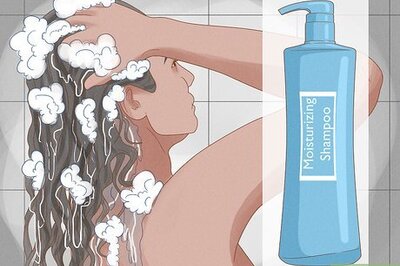
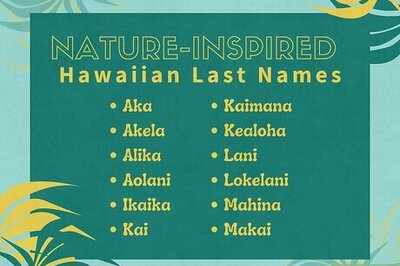
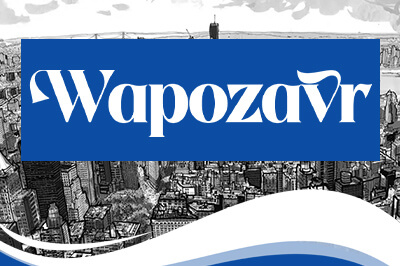
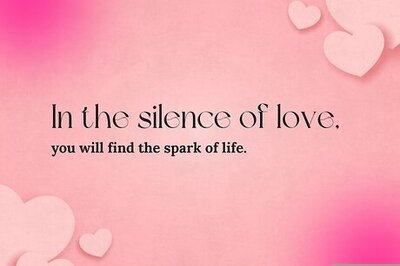
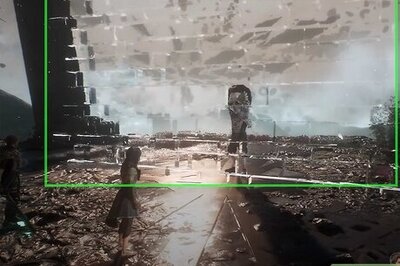
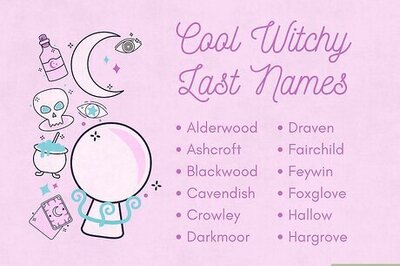

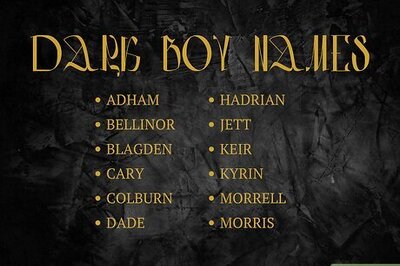
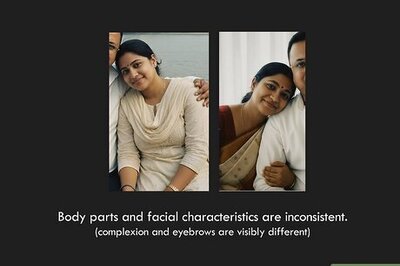
Comments
0 comment